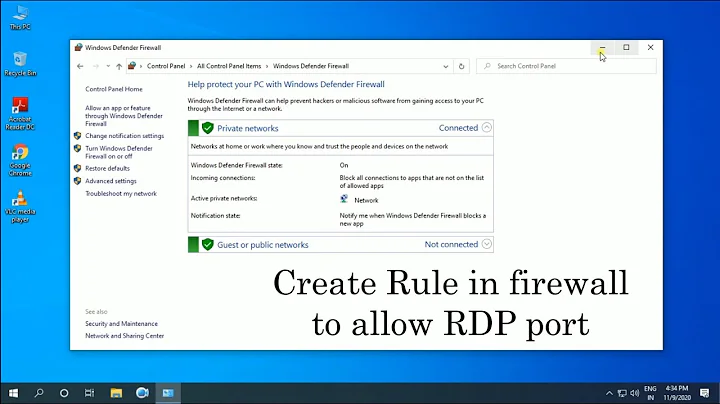How To: Desktop as Server, Laptop as "Thin Client"?
VNC is a bit of a brute force approach to doing remote desktop - the generic implementation simply sends you the image on the screen at the moment, and your system just displays that. Its why its so darned portable but sucks for most part.
I've personally have had great luck with chrome remote as a remote desktop client - its dead simple, and has crazy good performance over WAN. Turn off aero, and other than sound, its nearly native, with almost no connection configuration. You would however find that if the client has a lower res than the host, the image quality/scaling isn't aways very good, and this is made worse if you end up needing to letter box.
If the server is a linux box, i've had good luck with freenx/nx versions, though development on freenx seems to have stagnated. Its probably the fastest remote desktop I've used so far, up until chrome remote. You can use the official client from nomachine with any of the common in distro varients that are available
With RDP, you may need to get a suitable client (there's newer clients for say windows XP that supports the new shiny vista and 7 RDP stuff), and with newer versions of windows, rather counter intuitively leaving graphical speedup related stuff on is good. Its also faster than RDP since it sends instructions on rendering, rather than bitmaps of the screen.
And of course, there's always the option not to export the gui, and do everything over ssh or mosh - which would mean almost no overhead, and looking really cool ;p.
Related videos on Youtube
Comments
-
Brandon Kreisel over 1 year
I am a Computer Science undergraduate student. I have a self-built desktop with more than enough CPU time and Memory to share. I use this for daily computing, coding, and other homework.
I also have a circa early 2000's dell laptop with an old intel celeron and 512MB of RAM. (My cell phone is more powerful than this thing)
The idea is that I want to be able to use my desktop as a "Server" for the laptop and only use the laptop almost as a remote control of sorts for the desktop.
I have used
VNCin the past to achieve this kind of capability but was always very slow over the network and cumbersome to use.What I would like would be an efficient way to either access the host OS from the laptop or give it some way to use the host's resources to drive its OS hosted as virtual machine or something.
Does anyone know of a creative solution or software that does something like this?
-
Brandon Kreisel over 11 yearsI will definitely be looing into this. shh would be the fastest but I'm stubborn for my GUI...
-
Brandon Kreisel over 11 yearsI've tried
TightVNCin the past and some other ones. I have never heard ofTurboorUltraIll check them out -
Bon Gart over 11 yearsapparently, Chrome Remote is just another flavor of VNC... and all VNC is, is Virtual Network Computing. But you can't necessarily say that all the other VNC installations are over here (aka just brute force, only sends image) and that Chrome Remote is not like that (when it doesn't send sound, and is still just another VNC client. From what I can dig up so far... it's based on the now-defunct "FreeVNC"
-
Thalys over 11 yearschrome remote seems to be a mismash of various google products - including vp8 It in no way uses VNC, which are all varients of the remote framebuffer protocol. Chrome remote apparently uses vp8 to send video (which is still pixel based i suppose), but least for me it seems to be more efficient. It is incorrect to say chrome remote is VNC, unless any pixel based protocol is VNC
-
DavidS about 8 yearsI think the crux of his point is you've described one technology as "brute force" and another as somehow advanced, when in reality they're doing very similar things.
-
Thalys about 8 yearsVNC is pixel based. nx and crd do clever video compression. RDP and x11 forwarding are based on primitives, so are slightly more efficient. Sure you can improve encoding methods but the advantages of VNC is portability not performance, and most alternatives I've mentioned are faster.




